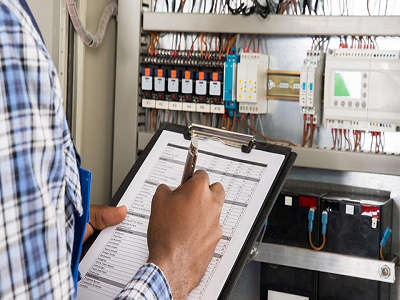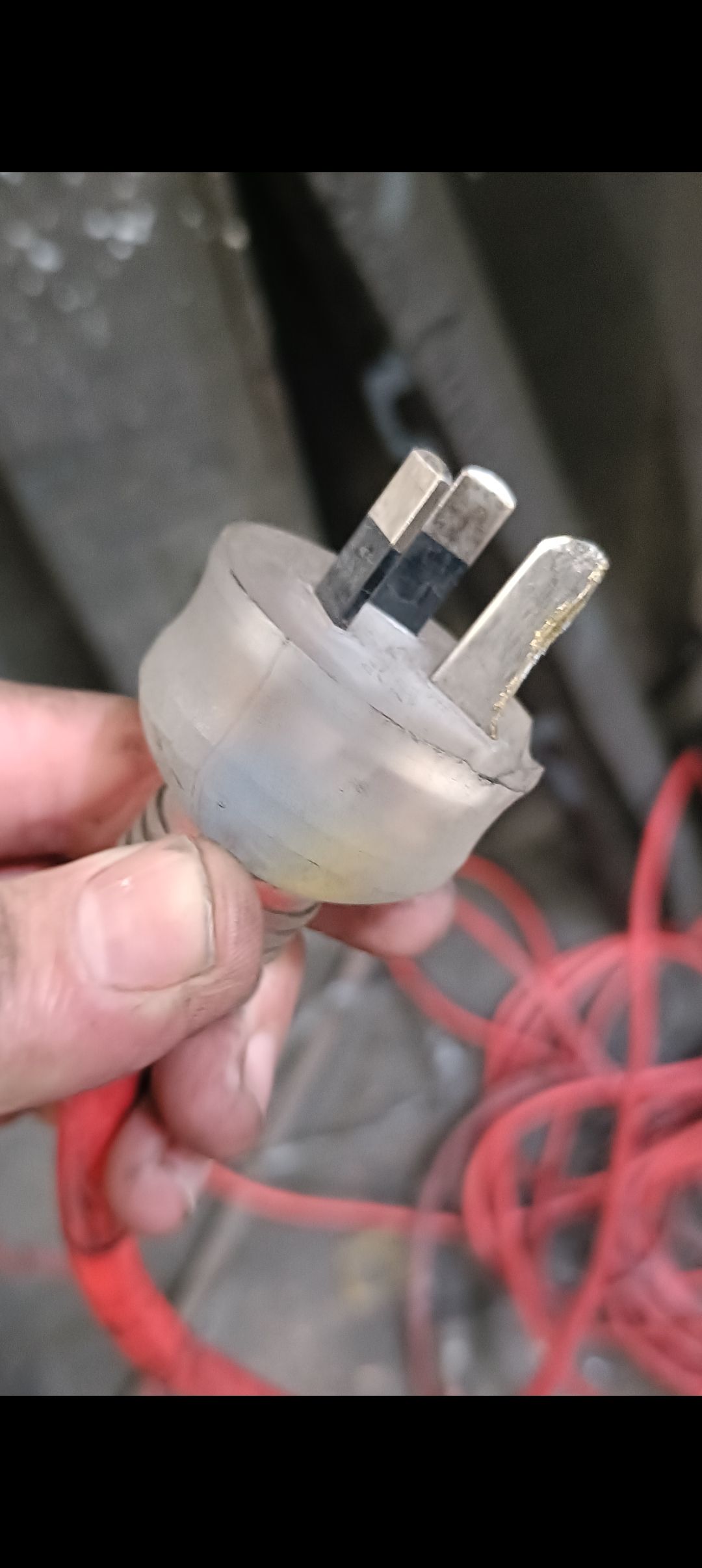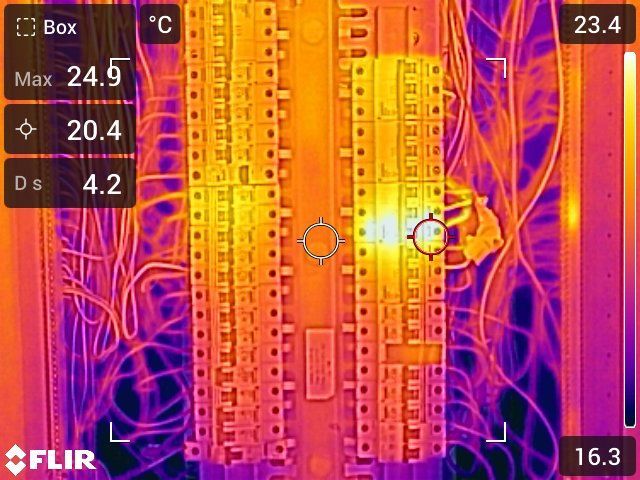An Electrical Testing and Tagging Schedule Is Essential For Your Business

How to Create an Electrical Testing and Tagging Schedule for Your Business
Electrical equipment is an essential component of many workplaces. However, it can also pose a serious safety risk if not regularly tested and tagged. That's why it's important for businesses to have an electrical testing and tagging schedule in place. In this article, we'll discuss how to create a testing and tagging schedule for your business.
Reasons For Creating A Testing Schedule
Creating a testing and tagging schedule is a key safety measure for any business that uses or stores electrical equipment. There are several reasons why it is important to create such a schedule:
First, it allows businesses to ensure their equipment is tested on time, which reduces the risk of accidents caused by faulty electrical systems. By having a regular schedule for inspection and maintenance, businesses can be sure that their equipment meets all safety regulations and standards. In addition, having a well-structured testing plan in place means that any potential faults can be identified before they cause major damage or injury.
Second, creating a testing and tagging schedule helps businesses to save money in the long run. Regular inspections and maintenance mean that equipment will last longer and perform better over time. This can help businesses avoid costly repair bills or replacements due to faulty electrical systems. Also, faults identified during an inspection can be fixed quickly and easily before they become more serious problems.
Overall, creating a testing and tagging schedule is an important part of keeping employees safe in the workplace and ensuring that all electrical equipment is properly maintained. Such schedules should include details about which pieces of equipment need to be inspected, when they should be inspected, who will carry out the inspection, and what type of tests need to be done. By doing so, businesses can ensure their electrical systems are up to date with safety regulations and reduce costs due to repairs or replacements caused by unnecessary faults.
Creating an Electrical Testing and Tagging Schedule
Creating an electrical testing and tagging schedule is essential for businesses that use electrical equipment, as it ensures that all their appliances, cords, and wiring are up to safety standards. Regular testing can help protect employees and customers from electrocution hazards, fires and other mishaps. Here are the steps you need to take in order to create a successful testing and tagging schedule:
Assess Your Equipment
The first step in creating a testing and tagging schedule is to assess all electrical equipment in your workplace. This includes identifying the type of equipment, the environment in which it's used, and the level of risk associated with its use. High-risk equipment, such as power tools or heavy machinery, may require more frequent testing and tagging than low-risk equipment, such as computers or printers. If you are unsure on how to create the schedule you can call a trusted test and tag technician such as Damien Parnis from Altona Test and Tag to professionally create this and explain how to use it.
Understand the Regulations
In Australia, electrical testing and tagging regulations are set out in the AS/NZS 3760 standard. It's important to understand these regulations and ensure that your testing and tagging schedule complies with them. The standard outlines the intervals at which different types of equipment must be tested and tagged, and the qualifications required of the person performing the testing.
Create a Schedule
Once you've assessed your equipment and understand the regulations, you can create a testing and tagging schedule for your business. This schedule should be customized to suit your business's specific needs, taking into account factors such as the type of equipment, the environment in which it's used, and the frequency of use. A sample schedule might look something like this:
● Low-risk equipment (office equipment, etc.): Tested and tagged every 2-3 years.
● Medium-risk equipment (portable appliances, etc.): Tested and tagged every 1-2 years.
● High-risk equipment (power tools, heavy machinery, etc.): Tested and tagged every 6-12 months.
Work with a Qualified Electrician
It's important to work with a qualified electrician when performing electrical testing and tagging. A licensed electrician will have the necessary training and experience to perform testing and tagging safely and effectively. They will also have the equipment required to test electrical equipment to the standards required by law.
Implement and Maintain Your Schedule
Once you've created your testing and tagging schedule, it's important to implement and maintain it. This means scheduling regular testing and tagging activities, keeping accurate records of testing and tagging activities, and ensuring that all equipment is tested and tagged according to the schedule. Regular testing and tagging can help prevent accidents and reduce downtime, improving the safety and efficiency of your workplace.
Testing and Tagging for Businesses
In conclusion, creating an electrical testing and tagging schedule is an important part of ensuring the safety of your workplace. By assessing your equipment, understanding the regulations, creating a schedule, working with a qualified electrician, and implementing and maintaining your schedule, you can reduce the risk of accidents and improve the efficiency of your business.
FAQs
What is electrical testing and tagging?
Electrical testing and tagging is the process of inspecting and testing electrical equipment to ensure that it's safe to use. This includes checking for any damage or wear and tear, as well as testing for electrical faults or defects.
Why is it important to create an electrical testing and tagging schedule?
Creating an electrical testing and tagging schedule is important because it helps ensure that all electrical equipment in your workplace is regularly tested and tagged, reducing the risk of accidents and improving the safety of your workplace.
What types of equipment require testing and tagging?
Most types of electrical equipment require testing and tagging, including power tools, portable appliances, extension cords, and heavy machinery. To learn more about this click here to our previous blog explaining more about testing and tagging.
How often should equipment be tested and tagged?
The frequency at which equipment should be tested and tagged varies depending on the type of equipment and the environment in which it's used. Low-risk equipment, such as office equipment, may only need to be tested and tagged every 2-3 years, while high-risk equipment, such as power tools and heavy machinery, may need to be tested and tagged every 6-12 months. We outline this one our testing and Interval page in our website here, and further information can be found here in our blog for business owners.
Can I perform testing and tagging myself?
It's recommended to work with a qualified electrician when performing electrical testing and tagging. A licensed electrician will have the necessary training and experience to perform testing and tagging safely and effectively.
What are the consequences of not complying with electrical testing and tagging regulations?
Not complying with electrical testing and tagging regulations can result in fines and legal penalties. It can also put your employees at risk and damage your business's reputation.
How do I maintain my testing and tagging schedule?
Maintaining your testing and tagging schedule involves scheduling regular testing and tagging activities, keeping accurate records of testing and tagging activities, and ensuring that all equipment is tested and tagged according to the schedule.


